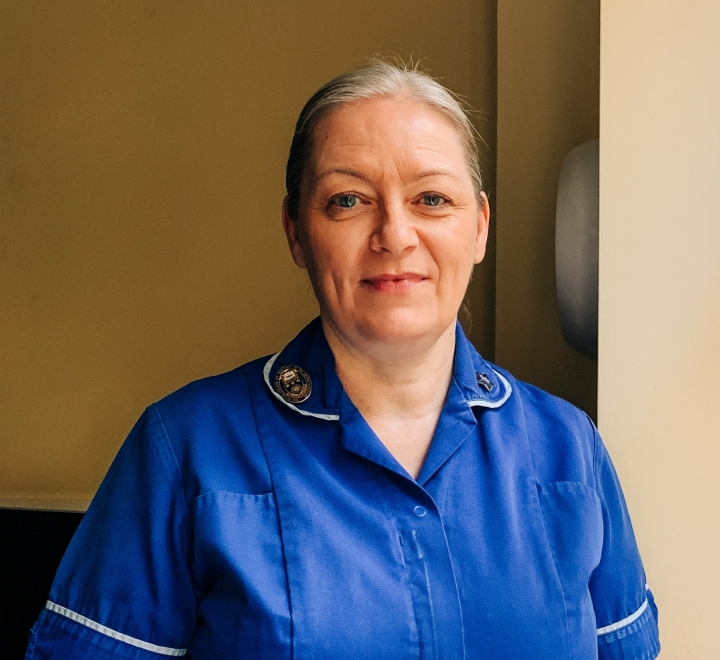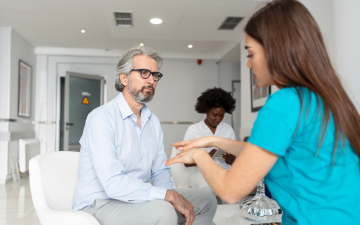
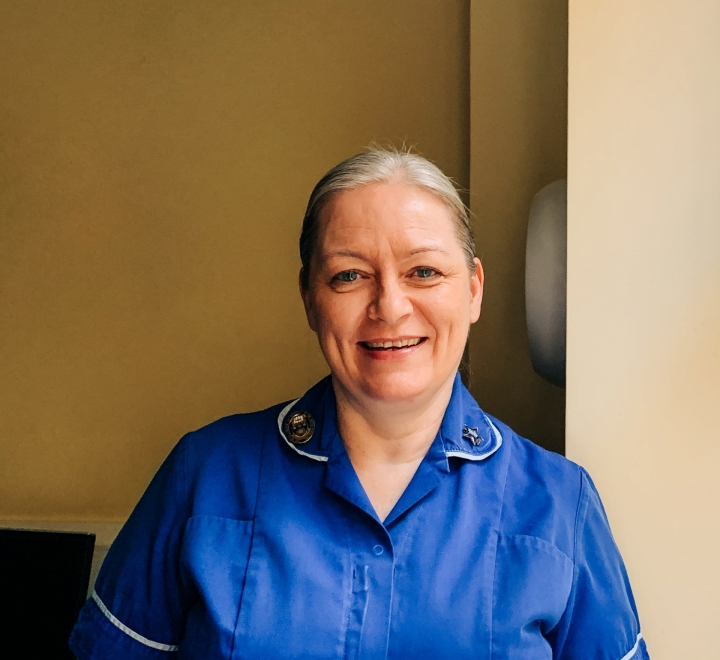
Ask Lisa what it means to be a good nurse, and there’s no hesitation. “Empathy is everything” she says. “It’s more about understanding how your patient feels and their expressed needs, rather than being overly sympathetic or assuming you know what they need.”
And she doesn’t think empathy is something you can simply learn. You could be armed with enough knowledge to fill a thousand nursing textbooks but, as far as Lisa’s concerned, “if you haven’t got empathy you’ll always be missing something.”
As with any job, the more you learn and the longer you’re in a role, the easier it is to become blasé about things. It’s a trap that Lisa says she has made a conscious effort to avoid falling into. “If you let yourself become too desensitised to the job, you risk losing the empathy you need,” she explains. “You need to be able to remember that you’re dealing with people’s lives and emotions, and you have to be mindful of that.”
A more varied role
While empathy has always been at the heart of her nursing, Lisa has noticed plenty of changes in the nursing profession since she qualified. “It’s a much more varied role now,” she says. “When I qualified it was a simpler time. Things were much more streamlined and there was only really one pathway for nurses. Now there are so many varied nursing roles and it’s respected as a career, rather than just something that’s tagged on to the doctor’s role.”
It’s not just the variety of nursing roles that’s changed over time, patients have changed too. “They tend to expect more and challenge what they’re told,” Lisa says. “The internet means they’re often far more educated and informed, which is great as it pushes us and forces us to update our own systems to match their expectations and knowledge.”
Lisa recalls a time when she didn’t have a computer on her desk and would instead sit and talk to patients around a table. While a part of her misses the simplicity of the way the role used to be, she also recognises how far healthcare has come thanks to technological developments. “Computers and the data they make available have made everything quantifiable. Now we’re able to demonstrate how everything works and showcase the worth of different solutions to find what works best.”
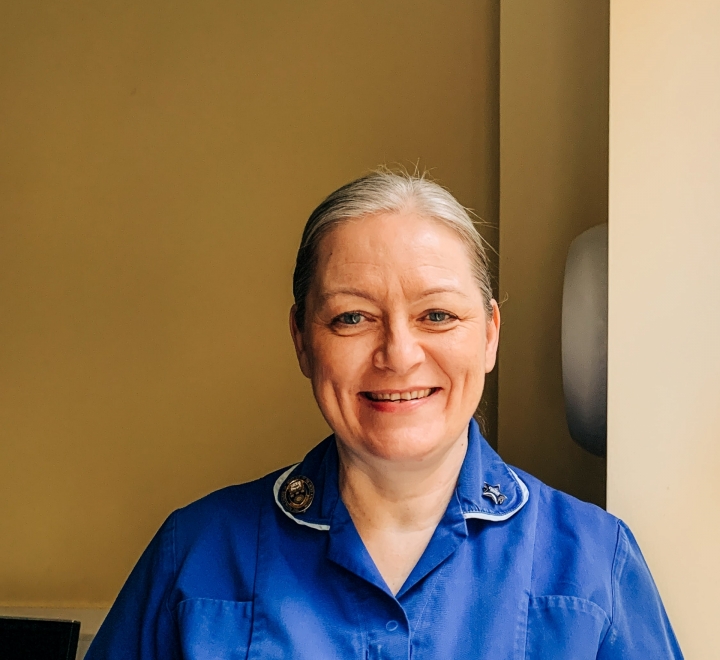
“When I qualified it was a simpler time. Things were much more streamlined and there was only really one pathway for nurses. Now there are so many varied nursing roles and it’s respected as a career, rather than just something that’s tagged on to the doctor’s role."
The ability to adapt
If there’s one thing Lisa knows about nursing it’s that you need to be flexible -whether that’s adapting to each individual patient’s needs or new situations. You also have to take the time to get to know each patient. “You have to take your cues from them,” she says. “Not every patient is going to be the same and they’re not going to need the same kind of care. People need to feel acknowledged – it shows you care.”
The onset of the Covid-19 pandemic meant Lisa’s whole team had to adapt to a new way of working, especially as patients with COPD were shielding. “Even if we needed them to come into the hospital, most of them were too nervous and didn’t want to,” says Lisa. Instead, the team moved to phoning patients.
“We ended up dealing with more than just health issues,” she recalls. “A lot of what we ended up supporting on were social issues, like patients whose landlords were asking them to leave while they were supposed to be shielding. We had to reach out and manage their conditions from a distance which meant we could help to manage hospital flow and keep as many patients out of the wards as possible.”
Managing COPD by changing perceptions
When helping newly diagnosed patients, Lisa knows there are a few key things she usually has to address. One is the guilt factor that so often comes with a COPD diagnosis. “We have to remind some of our older patients that when they were young, smoking was fashionable. They were told it was good to smoke, so we can’t judge them by today’s standards,” she says.
They also have to combat the idea that now they’ve been diagnosed, it’s too late to stop smoking. “Many of them know that lung damage is damage they can’t reverse or repair. They think the damage is already done and can get quite defeatist about it.” She also sees a lot of patients who feel like they can’t start an active lifestyle because of their breathlessness.
“We have to re-educate our patients about COPD. It’s never to late to stop smoking and slow down the damage and the progress of their condition. We also have to encourage them to keep building up their activity. I always tell them, if Mo Farah turned up to run a marathon without training first, he’d probably be breathless. We need to teach them that they need to build up their activity slowly, train their bodies to handle more activity.”
Through managing rehab clinics, Lisa knows what a difference being active can make. She sees people go from only being able to walk for two minutes before being breathless, to being able to walk for 15 minutes or more.
Breath in a Bag
Lisa knows that one of the best ways to keep patients sticking to their treatment plan is to keep messaging consistent. “If they’re being told different things by different professionals, they’re not likely to believe or listen to any of it,” she explains.
It was this drive for consistent messaging that led to Lisa’s team working closely with the hospital’s pharmacy department on the Breath in a Bag project. By putting together a complete toolkit to help patients manage their breathlessness at home and give out consistent advice and information, they’ve been able to help more people stick to their plan.
The bags contain a leaflet with COPD information, along with an inhaler, a spacer and everything they need to self-manage their condition. There are pictorials to help patients manage their positioning so they can handle their breath and a traffic light system to prevent patients coming into hospital when they don’t need to. “They can check their symptoms against the traffic lights and judge what they need to do. Whether that’s take Ventolin or call 999,” Lisa explains.
Breath in a Bag started as a Secondary Care project but has since received funding to be used in Primary Care settings too. Its success is one of the things Lisa is most proud of, as she knows how much it can help patients take control of their condition and manage hospital admissions.
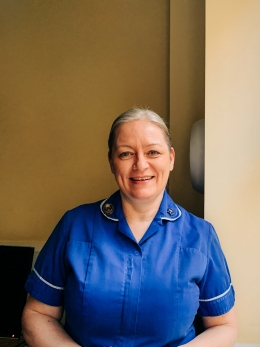
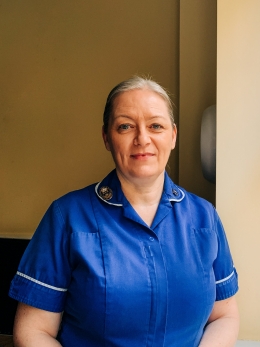
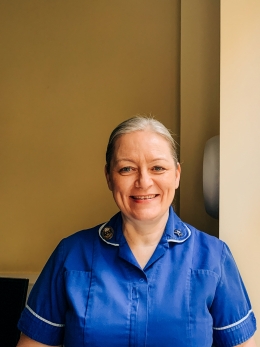
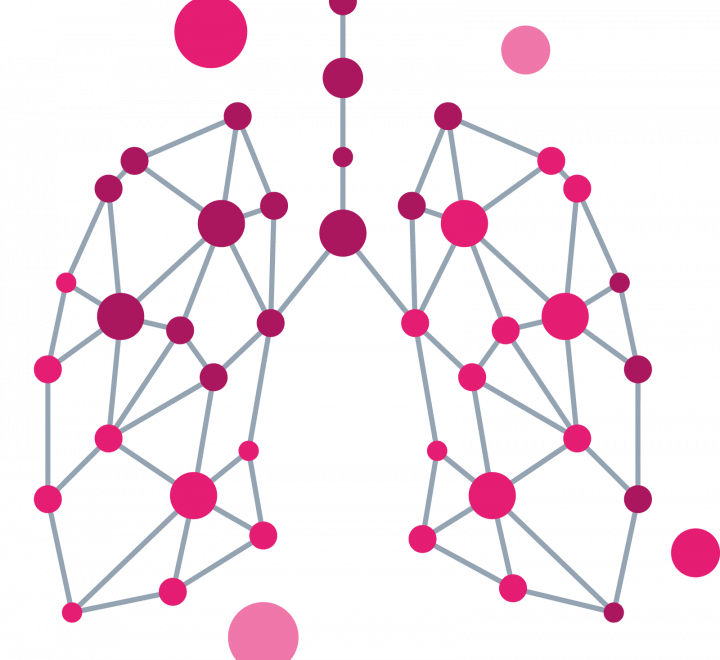
Lisa’s top picks
Books or TV?
Books can take you anywhere. Plus, I always find you get more from a book. If you read a book and then watch the movie adaptation it’s never as good.
Tea or Coffee?
Tea. You can’t beat a good cup of tea. I used to drink a lot of coffee, but I went off it when I was pregnant and never really went back.
Early, late or night shift?
Early. I love the sense of achievement from already having got through a few tasks by 9am.
On the ward, in practice or out in the community?
This is really tough. I think it’d have to be community though. I feel like you get a sense of the real patient when you’re in their environment, especially as many of them can feel uneasy in a hospital setting.
Summer or winter?
I’d have to say winter. I love a winter wardrobe as I’ve got pale skin, so I struggle to find suitable summer clothes that cover me up properly. Plus, there’s less expectation during winter so you don’t feel as bad for curling up with a good book. I think I might be a hibernator.
Related stories

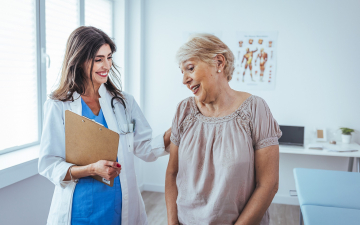
Interactive self-management: the programme supporting respiratory patients
Read article
Respiratory virtual wards – squaring the circle
Read article
The role of research in improving respiratory care
Read article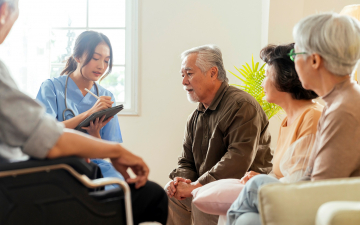
How difficult is it to diagnose people with COPD?
Read article

